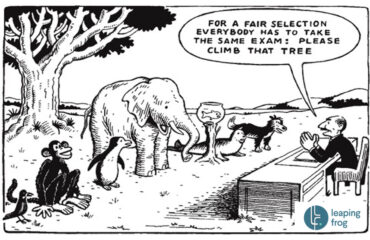
Picture Credit: https://shorturl.at/gFKnq
A living being comprises two fundamental elements: the structural and the functional units. The structural unit is the body, a marvel of organized complexity. It’s composed of various systems—the nervous, circulatory, and digestive systems—each functioning in perfect harmony to support life. This intricate structure is what we see, touch, and measure. But without the functional unit—the mind—the body is merely a collection of parts. The mind, intangible and invisible, drives the body, giving it purpose and direction. It’s the mind that converts thought into action, desire into movement. Without the mind, the body would exist, but not truly live.
Now, if we apply this analogy to an organization, a striking similarity emerges. The structural element of an organization—its policies, systems, procedures, and hierarchy—resembles the body. These are the visible components that give the organization its form and functionality. They are necessary, just as a body’s organs and systems are necessary for life. However, the structural element alone does not create a vibrant, thriving organization. The true vitality of an organization comes from its functional unit—its mind.
The mind of an organization is made up of its collective emotions, values, beliefs, and culture. These intangible elements drive the organization forward, shaping its actions and decisions. Just as the mind guides the body, the organizational mind steers the structure. This mind fosters innovation, cultivates purpose, and inspires people to act with conviction. Without a healthy organizational mind, the structure may operate smoothly, but it lacks the essence that makes an organization truly dynamic.
However, many organizations fall into the trap of relying solely on their structure. They focus on perfecting policies, optimizing systems, and refining procedures, while neglecting the mind that breathes life into these structures. The result is a well-oiled machine, but not a living, evolving entity.
In reality, the structure of an organization may ensure its survival, but it is the mind that drives its success. Like a living being, an organization thrives when both its body and mind are nurtured. By valuing and cultivating the organizational mind, we move beyond mere functionality to create organizations that are not just efficient, but truly alive.




